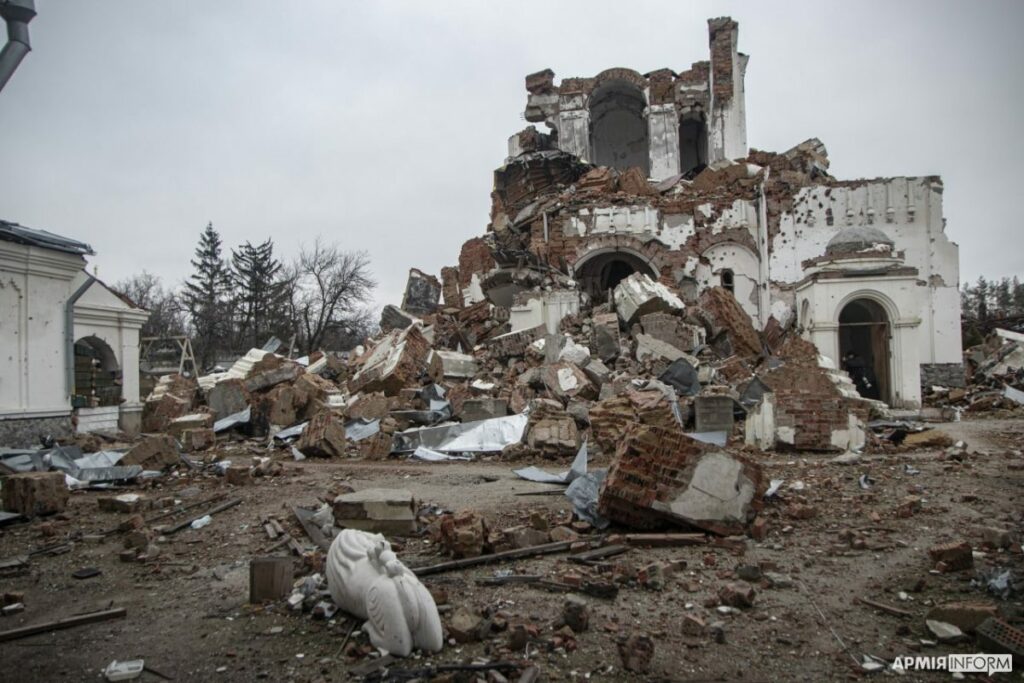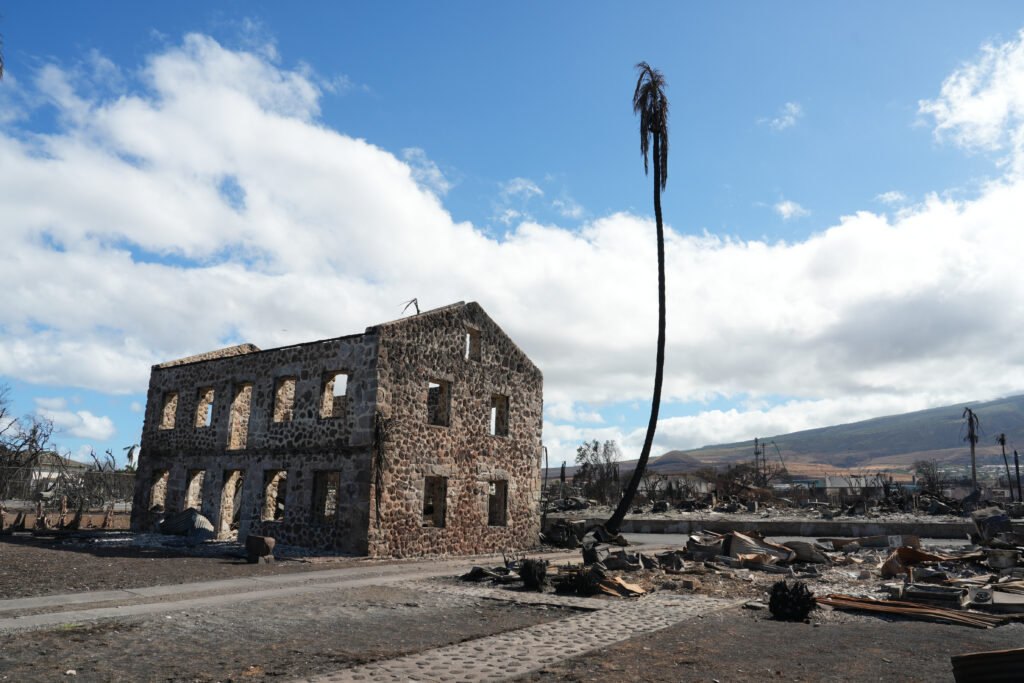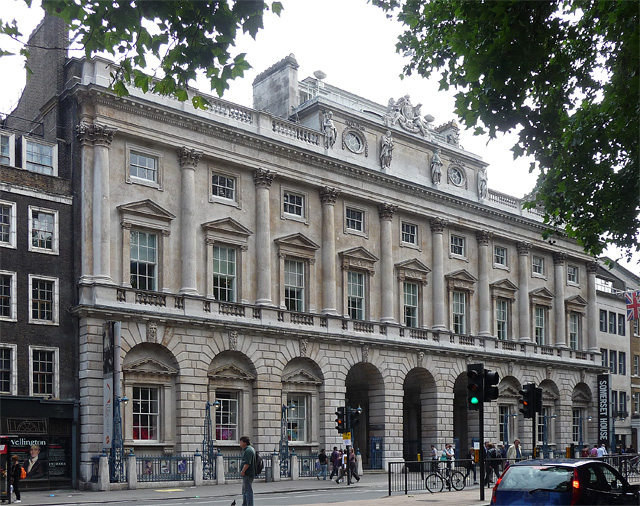Cultural Heritage Endangered: Being Aware To Learn From 2023 Disasters
In 2023, the preservation of cultural heritage is still standing at a critical juncture, grappling with the complex challenges posed by war, earthquakes, vegetation fires, and the pervasive influence of climate change.
In 2023, the world witnessed the destruction of several historically and culturally significant buildings, with wars, earthquakes, and fires being the primary causes. Although other serious losses likely occurred without receiving the same attention, three notable cases can be highligthed in terms of media impact.

Earthquake: Gaziantep Castle (Turkey): On February 6, 2023, Graziantep Castle in Turkey faced severe damage due to two consecutive earthquakes. The eastern and southern bastions of the castle collapsed, and critical parts, including iron railings and walls, suffered significant damage.
War: Ukrainian and Gaza Strip Cultural Heritage: In Ukraine, the ongoing war resulted in the partial or total destruction of 152 cultural sites, as reported by UNESCO. The organization continues to stress the importance of respecting international law and is actively supporting cultural professionals in the affected areas. Simultaneously, the Gaza Strip witnessed substantial losses to its ancient cultural heritage due to events following the October 7, 2023 Hamas attack. The region, which under Egyptian, Greek, Roman and Byzantine rules was a vibrant center of commerce and culture, and its cultural heritage, suffered profound damage to the remains dating back to the centuries of such dominations.
Fire: Maui Disaster (USA): August 2023 saw a devastating series of wildfires in the U.S. state of Hawaii, primarily on the island of Maui. Fueled by dry and gusty conditions created by a strong high-pressure area north of Hawaii and Hurricane Dora to the south, the wildfires prompted evacuations and caused widespread damage. In the town of Lahaina on Maui’s northwest coast, at least 100 lives were lost, and four individuals went missing. The Lahaina Historic District, a National Historic Landmark since 1962 and the former capital of the Kingdom of Hawaii for 35 years, suffered extensive damage from the fires.
Extreme Wheater in UK: A map published by the National Trust on Novembre 2023 reveals that nearly three-quarters of its managed sites, including historic homes, land, and coastline, are under threat from climate change-related events like flooding, wildfires, and extreme weather. The charity considers climate change as the primary and most significant threat to its 28,500 historic homes, 250,000 hectares of land, and 780 miles of coastline. The National Trust is urging the UK government to take more action in helping organizations adapt to climate change, emphasizing the need for urgent attention. The government claims to have a five-year plan to enhance the country’s resilience in response to these challenges.
While these cases received considerable media attention, it is important to acknowledge that numerous other significant losses have occurred globally without having received adequate media coverage, underscoring the broader challenge of preserving our shared cultural heritage in the face of diverse and unpredictable threats.

Cultural heritage, embodying a fundamental part of human history, is facing unprecedented threats in 2023. Geopolitical conflicts, natural disasters and the impacts of climate change poses significant risks to our collective heritage.
In 2023, armed conflicts remained a constant menace to cultural heritage. Wars, driven by geopolitical tensions and ideological differences, have historically resulted in intentional destruction, looting, and collateral damage to irreplaceable cultural artefacts. From the ancient ruins of Palmyra in Syria to the historical sites of Afghanistan, the scars of war on cultural heritage are visible. The intentional targeting of cultural sites as a tactic of war demands urgent international attention and concerted efforts to protect these symbols of human history.
Earthquakes, as natural disasters, represent an ever-present threat to cultural heritage, particularly in regions prone to seismic activity. The year 2023 has witnessed the devastating impact of earthquakes on historical buildings, monuments, and archaeological sites. Inadequate structural reinforcements, lack of seismic retrofitting, and insufficient preservation measures contribute to the vulnerability of cultural assets to seismic events.

To counteract the destructive force of earthquakes on cultural heritage, comprehensive measures must be implemented. Strengthening building codes to ensure earthquake-resistant construction, retrofitting vulnerable structures, and employing advanced monitoring technologies can significantly mitigate risks. Furthermore, investment in research and development of innovative preservation methods, such as 3D scanning and virtual reconstructions, can aid in the documentation and restoration of cultural heritage sites affected by earthquakes.
Vegetation fires, exacerbated by not always adequate safety considerations and intensified by the effects of climate change, have become a prominent risk to cultural heritage in 2023. The alarming increase in the frequency and intensity of wildfires threatens historical sites, cultural landscapes, and the communities surrounding them. Insufficient regional safety measures, including the lack of firebreaks, early warning systems, and emergency response plans, contribute to the heightened risk.
Addressing the threat of vegetation fires requires a dual-pronged approach. On a regional scale, communities must implement robust safety measures to prevent and combat wildfires effectively. This includes creating firebreaks, establishing early warning systems, and developing coordinated emergency response plans. Simultaneously, a global perspective is necessary to tackle the root causes of intensified fires, namely climate change. Sustainable land management practices, reforestation efforts, and international collaboration on climate change mitigation are essential components of a comprehensive strategy to safeguard cultural heritage from the ravages of vegetation fires.
Beyond its role in intensifying vegetation fires, climate change itself is an overarching threat to cultural heritage. Rising sea levels, extreme weather events, and shifting ecosystems pose direct risks to coastal and inland cultural sites alike. The gradual deterioration of materials due to changing climatic conditions accelerates the loss of heritage assets. Mitigating the impact of climate change on cultural heritage requires a comprehensive, global strategy.
Efforts to address climate change must include sustainable development practices, carbon emissions reduction, and adaptation measures specifically tailored to the vulnerabilities of cultural sites. Collaborative initiatives between governments, NGOs, and the private sector can foster the implementation of eco-friendly policies and technologies. Integrating climate considerations into cultural heritage management plans is imperative, ensuring that preservation efforts align with broader sustainability goals.
In 2023, the preservation of cultural heritage is still standing at a critical juncture, grappling with the complex challenges posed by war, earthquakes, vegetation fires, and the pervasive influence of climate change. The multifaceted nature of these risks necessitates a comprehensive and coordinated response at both regional and global levels. Initiatives aimed at conflict resolution, seismic resilience, fire prevention, and climate change mitigation must be prioritized and implemented with urgency.






